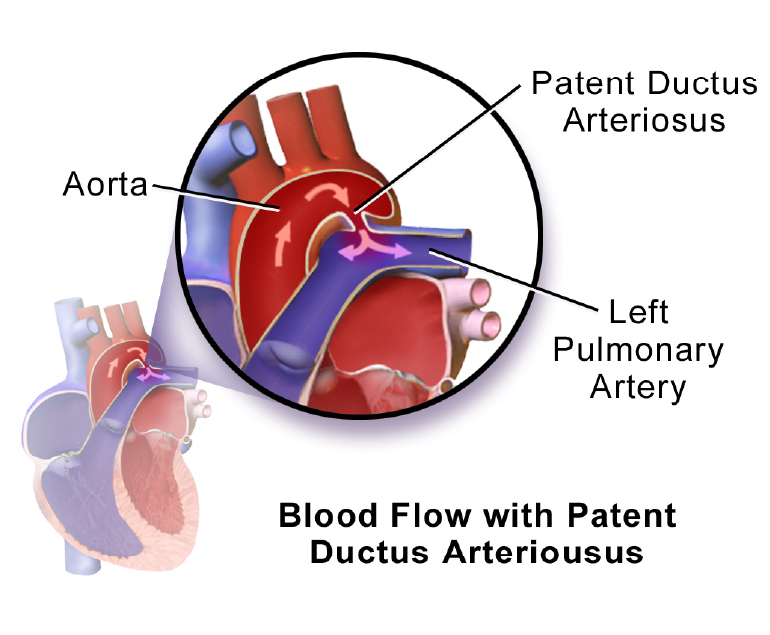Aerobic exercise, also known as cardiovascular exercise, is any activity that raises your heart rate and increases your breathing for an extended period of time. This type of exercise has numerous benefits for overall health, but it is particularly important for maintaining a healthy heart.
Benefits of Aerobic Exercise
One of the primary ways that aerobic exercise benefits the heart is by improving cardiovascular fitness. When you engage in regular aerobic exercise, your heart becomes more efficient at pumping blood and oxygen throughout your body. This can help to lower your blood pressure and reduce your risk of heart disease.
According to leading cardiovascular surgeon Dr Ramji Mehrotra, aerobic exercise can also help to reduce cholesterol levels and decrease the risk of developing type 2 diabetes, both of which are risk factors for heart disease. Additionally, it can help to improve blood flow to the heart, which can help to reduce the risk of heart attacks and stroke.
Another way that aerobic exercise benefits the heart is by helping to manage weight. Being overweight or obese puts extra strain on the heart, and regular aerobic exercise can help to burn calories and shed excess pounds. This can help to reduce the risk of heart disease and improve overall heart health.
Aerobic exercise can also help to reduce stress and improve mental health, both of which are important for maintaining a healthy heart. Stress can take a toll on the heart, and regular exercise can help to reduce stress and improve mood. In addition, exercise has been shown to improve sleep quality, which is important for overall health and heart health.
Types of Aerobic Exercise
There are many different types of aerobic exercise that can benefit the heart, including walking, running, swimming, cycling, and dancing. You can take up any activity that you like and which matches your fitness level and goals.
To get the most benefits from aerobic exercise, Dr Ramji Mehrotra recommends engaging in at least 150 minutes of moderate-intensity activity per week, or 75 minutes of vigorous-intensity activity. This can be broken down into smaller increments of time throughout the week, such as 30 minutes of exercise on 5 days per week.
It’s also important to warm up before engaging in aerobic exercise to help prevent injury. This can involve a few minutes of light stretching or walking to get your muscles and heart rate prepared for more strenuous activity. It is also important to cool down after exercise by gradually reducing the intensity of your activity and stretching to help your muscles recover.
In addition to regular aerobic exercise, it is important to maintain a healthy diet and lifestyle to support a healthy heart. This can include eating a diet rich in fruits, vegetables, whole grains, and lean proteins, as well as quitting smoking, managing stress, and getting enough sleep.
Conclusion
Dr. Mehrotra says that aerobic exercise is an important aspect of maintaining a healthy heart. It can improve cardiovascular fitness, reduce cholesterol levels and the risk of type 2 diabetes, improve blood flow to the heart, help manage weight, and reduce stress and improve mental health.
To get the most benefits, it is recommended to engage in at least 150 minutes of moderate-intensity activity per week, and maintain a healthy diet and lifestyle. By incorporating aerobic exercise into your routine, you can keep your heart healthy and strong.


